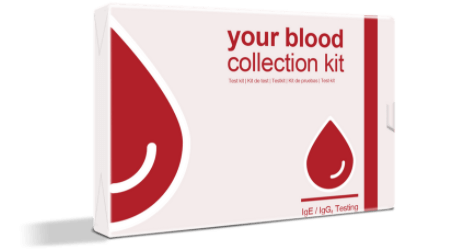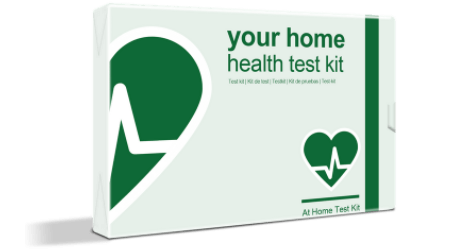There is research on both sides of the testing process for food intolerances and sensitivities. Some believe that the tests themselves are not any more accurate than someone experimenting with foods themselves. Others believe that there is a lot of science behind food sensitivity testing. What are you supposed to trust? Here’s what you need to know
What happens in food sensitivity testing?
When you test for food sensitivity, you’ll be testing the body’s response to a certain food, similar to an allergen. The test itself relies on monitoring your digestive enzymes and, in some cases, your white blood cells in how they react to the food ingredients they are tested against.
Different from a food allergy, where it’s a pure immune system response, food sensitivity and intolerances are harder to track because there aren’t as clear reasons for a food intolerance or sensitivity. Sometimes symptoms are entirely focused on digestive enzymes (making it a true food intolerance). Other times, the symptoms could involve the white blood cells or IgG antibodies, which means that you are looking at something more serious such as a food sensitivity. Both of these have varying degrees of success during testing.
How is food sensitivity tested?
Understanding the diagnosing of food sensitivity means understanding the actual food sensitivity testing itself. There are a few main ways to consider the test itself:
- Blood testing: This is done, as you can imagine, by drawing blood from you and using a lab to see how your blood responds when compared to certain food ingredients and amounts. The results that appear in the cells, as well as the prominence of IgG antibodies, will help determine what your body is reacting to, and even how much it is reacting to the food ingredient.
- Elimination diet and reintroduction: Another way to either confirm a test or to replace it, is to strip your diet down the essentials and detox it from any kind of food ingredients that are causing a reaction. This can take a few weeks and should be done with the support of a trained professional. One by one, intolerances are added back into the diet; the results are tracked. The best way to do this is to be unaware of when (or what) is being added into your diet to make sure there is no expectation that may end up causing or masking symptoms.
- Hair testing: Hair testing is also possible. This is done in a lab where the strand of hair is analyzed for clues on how your body’s been reacting to food. Since our hair can tell a story of our body’s health, this is thought to be effective in taking a look at the “history books” of our bodies in a specialized setting.
In terms of looking for a lab-based test that is straight forward and offers you the most accurate results, a blood test is probably going to be the best bet. This can be followed up and confirmed by an elimination diet. If, however, you prefer the hair sample test, this is also a great option to consider. Regardless of what some of the science says, there is help out there in dealing with food sensitivity testing, and the negative impact food sensitivities can have on our lives. The goal is simply to give you options that make sense for your life and your expectations. A blood test is certainly one of them.


